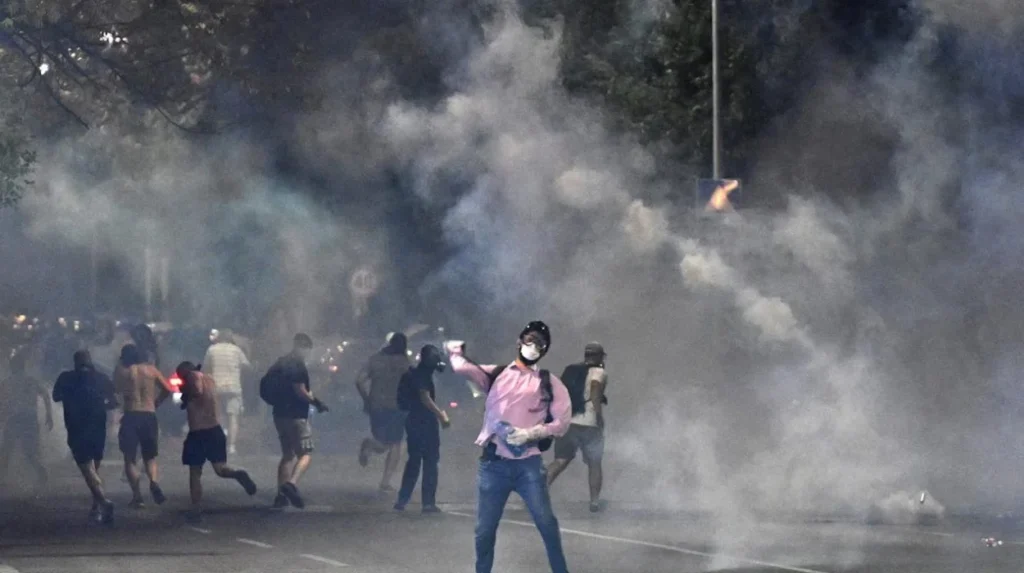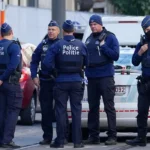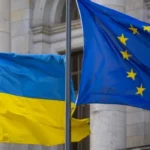Anti-corruption protests have erupted with unprecedented intensity across Serbia, a European nation grappling with a growing political crisis. Triggered initially by a tragic infrastructure collapse, these demonstrations have evolved into a major citizen movement demanding justice, accountability, and the resignation of the current government, led by President Aleksandar Vučić. The protests have brought tens of thousands onto the streets, reflecting deep frustration over widespread corruption, government negligence, and erosion of the rule of law.
Origins and Escalation of Protests
The unrest began nearly nine months ago after a canopy collapsed at a renovated railway station in Novi Sad on November 1, 2024, killing 16 people. The tragedy exposed grave negligence linked to reconstruction work carried out by Chinese companies, sparking outrage among students and citizens demanding transparency. Since December, student-led protests have consistently called for full disclosure of all documentation related to the station’s reconstruction and justice for the victims.
What started as demands for accountability following a specific disaster metamorphosed into a nationwide anti-corruption movement opposing the long-standing political regime. The protesters accuse the government of failing to implement their demands and of perpetuating systemic corruption.
As the protests gained momentum, violence flared. The ruling Serbian Progressive Party (SNS) office in Novi Sad was set ablaze during recent demonstrations, escalating tensions. On several occasions, violent clashes broke out between protesters and state security forces, with tear gas and physical confrontations marking the growing unrest.
President Vučić’s Response and Political Ramifications
In a nationally televised address, President Vučić vowed to restore order, stating,
“You will see the full determination of the Serbian state. We will use everything at our disposal to restore law, peace and order.”
He acknowledged the need for justice for those responsible for the Novi Sad tragedy but strongly condemned the violence from some protesters.
Despite Vučić’s statements, political analysts view the crisis as the biggest threat his presidency has faced in the last 13 years. Helena Ivanov, senior fellow at the Henry Jackson Society, observed,
“This is by far the biggest threat Vučić has faced in the last 13 years, and it is very unlikely that Vučić will weather the storm without elections.”
She warned that the country’s functioning is severely impaired and that “the only way out of the problem is to hold free and fair elections as soon as possible.” She cautioned that any delays or inadequate responses could further destabilize Serbia with potentially devastating consequences.
Spread and Nature of the Protests
The protests, initially concentrated in the capital Belgrade and Novi Sad, have now spread to smaller towns such as Valjevo, where recent nights saw law enforcement officers violently suppress demonstrations, including arrests of minors simply passing by. Masked enforcers allegedly linked to the government reportedly looted businesses owned by President Vučić’s opponents, further escalating the conflict.
In Valjevo, protesters burnt the local SNS party office and clashed with police, asserting their demand for early elections and denouncing state repression. A young student, declining to be named due to fear of arrest, explained,
“We have been protesting for months, demanding that the president hold early legislative elections. Instead, he attacks us. We are forced to defend ourselves.”
Media Crackdown and Threats to Journalists
The ongoing protests have also ignited a severe crisis for media freedom in Serbia. Attacks and threats against journalists covering the protests have surged to unprecedented levels. Reporters face verbal assaults, physical violence, and organized smear campaigns branding them as traitors and foreign mercenaries.
According to the Independent Association of Journalists of Serbia (NUNS), over 230 attacks against journalists were recorded between early 2025 and late August, with more than 40 incidents during August alone. Rade Đurić, a NUNS lawyer, stated,
“We haven’t yet counted hate speech and other forms of pressure. Who knows how many stayed under the radar.”
He criticized law enforcement for often witnessing attacks without intervening.
President Vučić and ruling party officials have publicly denounced independent media outlets like N1 and Nova, labeling them as “terrorists” and “media poison factories” in state-run broadcasts. Such rhetoric has emboldened government supporters to target journalists aggressively. Journalists covering protests have been injured or threatened repeatedly, with one incident in Vrbas involving stones thrown at a news crew by ruling party activists while police stood by.
Broader Political Context and Future Prospects
The Serbian protests are emblematic of a broader struggle against authoritarianism and corruption spreading across parts of Eastern Europe. Vučić’s 12-year rule has been marked by increasing centralization of power, suppression of dissent, and allegations of corruption reaching the highest levels of government. The railway disaster became a catalyst for long-standing grievances about governance and accountability.
International observers and analysts have expressed concern about the deteriorating political environment. While some European institutions have issued statements, domestic critics describe the EU’s response as insufficient and ineffective. Veran Matić, chairperson of the Association of Independent Electronic Media, lamented,
“There is no adequate response from the EU institutions, which emboldens the government. Every day we have a dozen new attacks on journalists, and this is the new normal.”
The intensity and persistence of the protests suggest a potential turning point for Serbian politics. The large-scale demonstrations, some of the biggest seen in the country’s modern history with up to 350,000 people gathering in Belgrade earlier this year, reflect a powerful demand for change.
Serbia is in the throes of a severe anti-corruption and political crisis triggered by a tragic infrastructure failure and fueled by years of unmet demands for transparency and accountability. The student-led protests that began as calls for justice for the victims of the Novi Sad railway station collapse have evolved into a nationwide movement demanding new elections and systemic reform.
President Vučić faces his most critical challenge yet, with widespread unrest, violent clashes, a crackdown on journalists, and calls for early elections growing stronger by the day. Though the government insists on restoring order, the situation remains volatile and uncertain. How Serbia navigates this crisis will have significant implications for its democratic trajectory, rule of law, and place within the European community.







